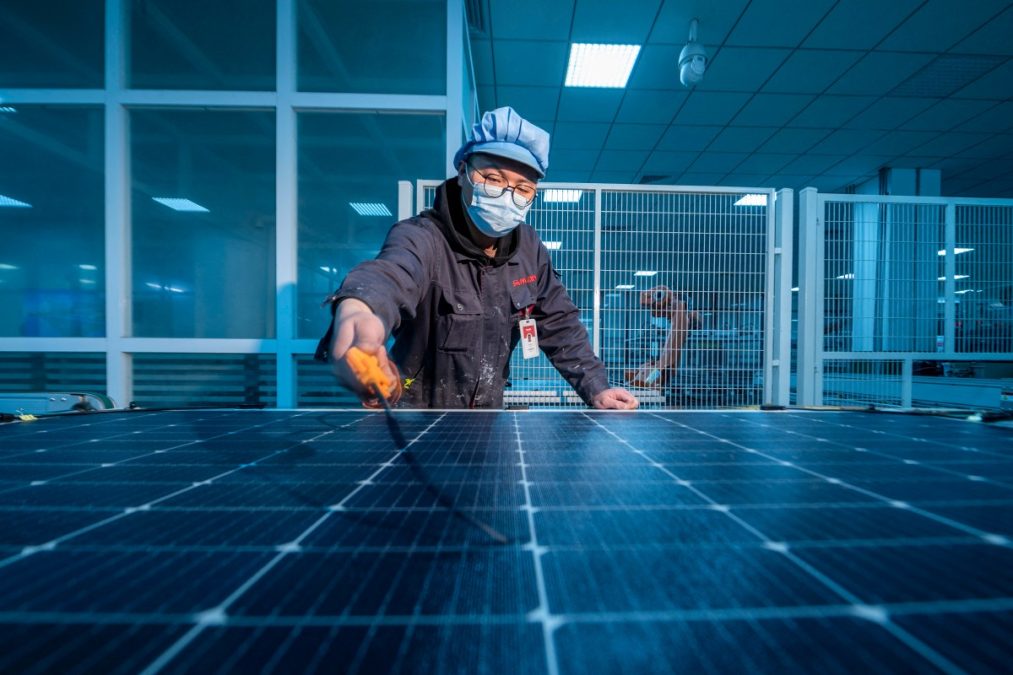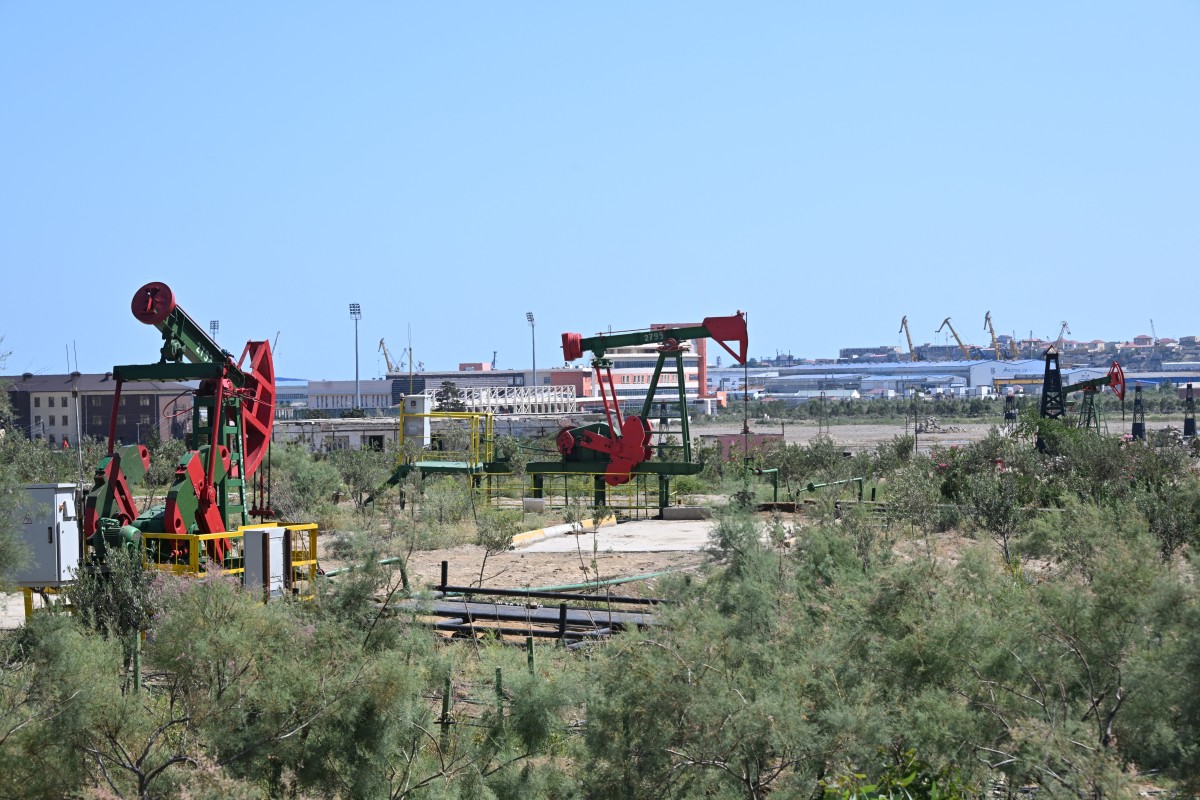Istanbul, Turkiye- The goalpost hasn’t changed. Humanity needs to keep global warming well below 2°C and pursue efforts to limit it to 1.5°C or risk further climate upheavals that threaten to make life on the planet unsustainable.
According to the UN Environmental Program, fossil fuels, responsible for nearly 80 percent of energy worldwide, account for 76 percent of global greenhouse gas (GHG) emissions and about 90 percent of all carbon dioxide (CO2) emissions. Coal alone is believed to be responsible for over 0.3°C of the 1°C rise in earth’s temperature.
Given such context, how are countries formulating their energy strategies to meet their respective obligations towards greener compliance?
Tripling renewable capacity
Recent analysis from the International Energy Agency (IEA) showed that while renewable power is at the heart of achieving international energy and climate goals, very few countries have explicitly put forth 2030 targets for installed capacity, as required by the Nationally Determined Contributions, or NDCs, under the Paris Agreement.
Official commitments in NDCs currently stand at just 12 percent of what is required to meet the global objective set in Dubai at COP 28.
The target is set at 11,000 GW of installed renewable capacity globally, one of the critical actions to keep alive hopes of limiting global warming to 1.5 °C. However, only 8,000 GW of renewable capacity are countries reasonably able to achieve, if governments put in place immediate and costly plans of action. Global renewable capacity additions reached almost 560 GW in 2023, recent estimates show.
The International Energy Agency (IEA) Executive Director Fatih Birol told the media in 2024: “Governments, companies and investors need to get behind clean energy transitions rather than hindering them. There are immense benefits on offer, including new industrial opportunities and jobs, greater energy security, cleaner air, universal energy access and a safer climate for everyone.”
The IEA said countries are turning towards renewables such as solar PV and wind following a 40 percent drop in their costs over the past decade thanks to policy support, economies of scale and technological progress, making these green technologies price competitive with fossil fuels.
Balancing environmental stewardship with energy security
According to the World Economic Forum (WEF), to date, the energy transition narrative in the Global North has mostly focused on phasing out hydrocarbons, with little consideration to the impact this would have on country for whom energy affordability is essential.
UN Secretary-General António Guterres’ remarked to the World Economic Forum, in Davos, Switzerland saying “Let me be very clear again: the phase-out of fossil fuels is essential and inevitable. No amount of spin or scare tactics will change that. Let’s hope it doesn’t come too late. We must now act to ensure a just and equitable transition to renewable energy.”
The WEF thus recommends that an energy transition should emphasize on reducing GHG emissions in parallel to continuing to acknowledge the role oil and gas (O&G) sector plays.
The WEF says the Global South accounts for 63 percent of global energy demand, with people’s hydrocarbon needs there essential to remain accommodated.
Hydrocarbons, it said, also provide an important feedstock in the manufacturing of renewable energy equipment and products that can be deployed in other sectors, such as construction and transportation, where they can contribute to GHG emissions reductions by replacing conventional, carbon-intensive materials.

Low carbon projects versus upstream O&G investments
According to Deloitte, global oil demand grew by around 2.3 mbpd (million barrels per day) in 2023 and crossed the 100 mbpd mark for the first time in history, partly reflecting the increasing use of fuel in air, land and sea internal combustion engines. Meanwhile, electric vehicle (EV) global sales grew by over 35 percent in 2023, with one in seven cars sold being an EV. TESLA CEO Elon Musk stunned investors this October saying he plans to grow vehicle sales by 30 percent next year, buoyed by a new, cheaper model and enthusiasm for self-driving software.
The transition to green energy requires new investments in low-carbon projects, even if still dwarfed by billions spent upstream.
The global upstream industry is projected to maintain its 2023 hydrocarbon investment level of about US$580 billion (an increase of 11 percent year over year) in 2024.
In Deloitte’s survey of O&G executives in July 2023, 60 percent of respondents stated that they would invest in low-carbon projects with the caveat that only if the returns on these projects exceed 12 to 15 percent. Deloitte figures show that in 2022, returns on major renewable electricity projects ranged between 6 percent and 8 percent.
The audit and financial advisory company said 37 percent to 44 percent of surveyed O&G executives cited natural gas, carbon capture and storage (CCS), biofuels, and hydrogen as critical to their low-carbon investment strategies.
Global investment in low-carbon energy transition surged 17 percent in 2023, reaching US$1.77 trillion, according to Energy Transition Investment Trends 2024, a report published by BloombergNEF, (BNEF), a provider of primary research and analysis on the trends driving the transition to a lower-carbon economy. This falls short of the US$4.5tn per year investments in clean energy must reach by 2030 to limit global warming, according to a March 2024 Mckenzie Investments report.








